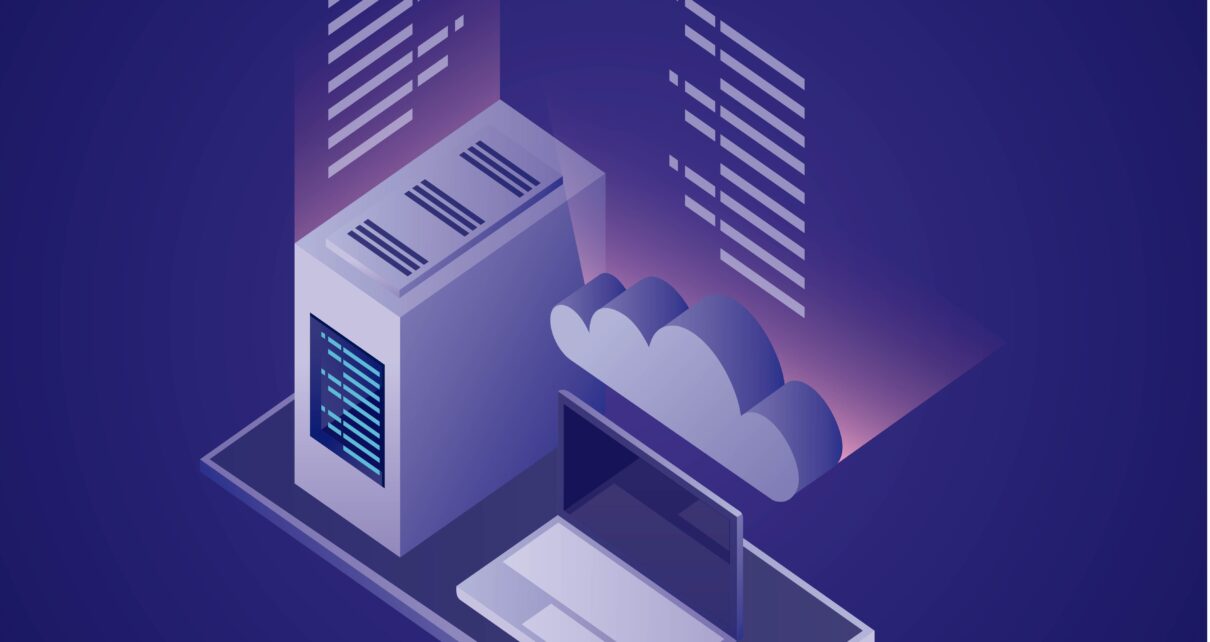AI and machine learning systems must work reliably to drive business success and promote customer satisfaction. Google cloud services offer a complete toolkit that helps solve complex challenges when developing and deploying AI solutions at scale. Companies need an agile infrastructure that can adapt to dynamic machine learning workloads. Variations in training frequency and inference traffic volume make these workloads unpredictable.
Google cloud platform services run worldwide data centers that ensure that AI applications remain fast and consistently available. The platform adjusts resources automatically based on business needs. This helps companies handle different workloads without manual intervention.
Teams that partner with a Google cloud development company can access a suite of AI and ML tools. These range from pre-trained models to custom development choices. Google cloud platform solutions support seamless growth in AI operations. They provide reliable infrastructure to train machine learning models on large datasets without constraints.
Key Google Cloud Services Powering AI and ML
Google Cloud provides AI and machine learning tools that help businesses build smart applications without complex coding. Data scientists and developers can use these services regardless of their ML knowledge.
Vertex AI for Model Training and Deployment
Vertex AI is a unified machine learning platform that streamlines the ML lifecycle. Teams can work together with a shared toolset that combines data engineering, data science, and ML engineering. This Google cloud platform service offers multiple ways to develop models: custom training when complete control is required, AutoML for building models without code, and access to over 200 foundation models through Model Garden. You can also use end-to-end MLOps tools that run on reliable infrastructure after deployment.
BigQuery ML for SQL-Based Machine Learning
BigQuery ML integrates ML capabilities into Google’s data warehouse to help analysts create and train models using familiar SQL queries. This eliminates the need to move data between platforms, accelerating development cycles and simplifying workflows. The CREATE MODEL statement trains models using SQL queries and automatically splits input data to prevent overfitting.
BigQuery ML works with various model types, including logistic regression, which calculates the probability of data fitting into specific classes. This service gives data analysts the ability to build predictive models without needing specialized programming skills.
AutoML for No-Code Model Creation
AutoML helps developers with basic machine learning knowledge to train high-quality custom models for their business needs. You can create models in minutes through a user-friendly interface that handles structured data, images, text, and translations. This Google cloud platform solution accurately handles datasets exceeding a terabyte. AutoML is part of Vertex AI and provides integrated REST and RPC APIs to deploy and scale models easily.
Cloud AI APIs: Vision, NLP, and Translation
Google cloud development companies use pre-trained AI APIs for specific tasks.
- Vision AI learns about images through object detection and classification.
- Document AI converts unstructured document data into structured information.
- Natural Language Processing (NLP) tools support sentiment analysis and entity recognition across multiple languages.
- The Translation API supports a wide range of languages with custom model options.
These services integrate with Vertex AI, which gives access to innovative multimodal Gemini models that understand diverse input types.
Scalability and Performance at Enterprise Scale
Organizations that look to deploy AI solutions at an enterprise level require robust infrastructure designed for low latency and high throughput. Google cloud services lay the foundation for deploying machine learning workloads that adapt to changing demands.
Global Infrastructure and Low Latency Zones
Google’s global network stretches over 3.2 million kilometers of terrestrial and subsea fiber—10 times larger than that of the next leading cloud provider. The infrastructure spans 42 regions, 127 zones, and 200+ network edge locations in more than 200 countries. High-bandwidth, low-latency links connect multiple zones within each region to ensure reliable performance for cloud-based applications worldwide.
Google cloud platform services’ resources can be zonal (like virtual machines) or regional (like static IP addresses). Organizations can build resilient systems by distributing resources across multiple failure domains. Workloads deployed across multiple zones reduce the risk of infrastructure outages that can affect all resources at once.
Auto-scaling with GKE and Cloud Run
GKE (Google Kubernetes Engine) and Cloud Run give you different ways to scale containerized applications. GKE, a fully-managed Kubernetes service, makes it easier to orchestrate TPUs and GPUs for AI workloads. You get both horizontal scaling (adjusting the number of replicas) and vertical scaling (modifying resource allocation for existing replicas).
GKE’s horizontal pod autoscaling adjusts replica numbers to match the target CPU usage. Developers can set up dynamic scaling with simple commands such as:
kubectl autoscale deployment my-app –max 6 –min 4 –cpu-percent 50
Cloud Run focuses on serverless deployment. This promotes a hybrid approach where stateless microservices run on Cloud Run to save costs while complex stateful applications are deployed on GKE. Both platforms use standard container images to promote portability and flexibility as application requirements evolve.
TPU and GPU Support for High-Performance Training
Google cloud platform solutions offer specialized hardware accelerators for AI workloads that need peak performance. Cloud TPUs (Tenor Processing Units) optimize cost and performance for training and inference tasks. TPU v5e delivers up to 2.5x more throughput per dollar compared to TPU v4. A single TPU v5e chip handles up to 393 trillion int8 operations per second (TOPS). When scaled into a full TPU v5e pod consisting of 256 chips, the system achieves 100 petaOps of compute power.
The A3 Mega virtual machine, powered by Nvidia H100 GPUs, delivers twice the GPU-to-GPU networking bandwidth of the original A3 series. Storage capabilities like Parallelstore accelerate training speeds by up to 3.9x. Google cloud development companies can select the optimal hardware setup tailored to their specific AI workload requirements.
Integrated Data and AI Workflows
AI works best with optimized data workflows that link storage, processing, and model deployment. Google cloud services build connected pipelines where data and AI parts function as one system rather than isolated tools.
BigQuery Integration with Vertex AI for Predictive Analytics
BigQuery ML lets teams create machine learning models right in their data warehouse using standard SQL queries. Teams save time since there’s no need to move data between systems. The SQL-trained models benefit from online prediction features and MLOps tools through Vertex AI for automated monitoring and retraining. Companies now use Gemini 1.0 Pro through BigQuery ML to analyze customer reviews in real time alongside purchase history data.
Dataflow for Real-Time Data Processing Pipelines
Dataflow works as a managed streaming platform that processes both batch and streaming data at scale. Here’s what makes it great for AI workloads:
- It integrates with BigQuery and other Google cloud platform services
- It processes different types of data (images, text, audio) in parallel
- It comes with pre-built templates that optimize data integration
Dataplex for Unified Data Governance
Dataplex builds a comprehensive inventory of metadata from projects, regions, and storage systems in Google cloud platform’s ecosystem. The system automatically collects and indexes metadata, including AI models and datasets from Vertex AI. This enables end-to-end data lineage from ingestion to model deployment. The platform also lets users search across distributed data while maintaining robust security measures.
Conclusion
Google Cloud services offer a great platform for organizations looking to deploy AI and machine learning at scale. With enterprise-class performance and easy-to-use tools, companies can access advanced AI capabilities without the hassle of deployment and management.
Vertex AI is a unified platform that optimizes the entire ML lifecycle. BigQuery ML makes machine learning more accessible through familiar SQL syntax. Teams without specialized expertise can create high-quality models through user-friendly interfaces with AutoML. This robust network supports dynamic workloads through auto-scaling technologies like GKE and Cloud Run.
The seamless integration between AI workloads through data services is what differentiates Google Cloud Platform from others. Integrating tools such as BigQuery, Dataflow, Dataplex, and Vertex AI enables organizations to create end-to-end pipelines that break data silos and simplify operations. These integrations significantly lower development time and operational complexity.
Organizations that partner with a Google Cloud development company get access to a complete toolkit to build, deploy, and manage AI solutions that grow with their needs. The platform combines technical sophistication with accessibility. This makes advanced AI capabilities accessible to organizations regardless of their machine learning capabilities. Companies can focus on extracting business value from AI instead of managing complex infrastructure. This speeds up their digital transformation journey.




